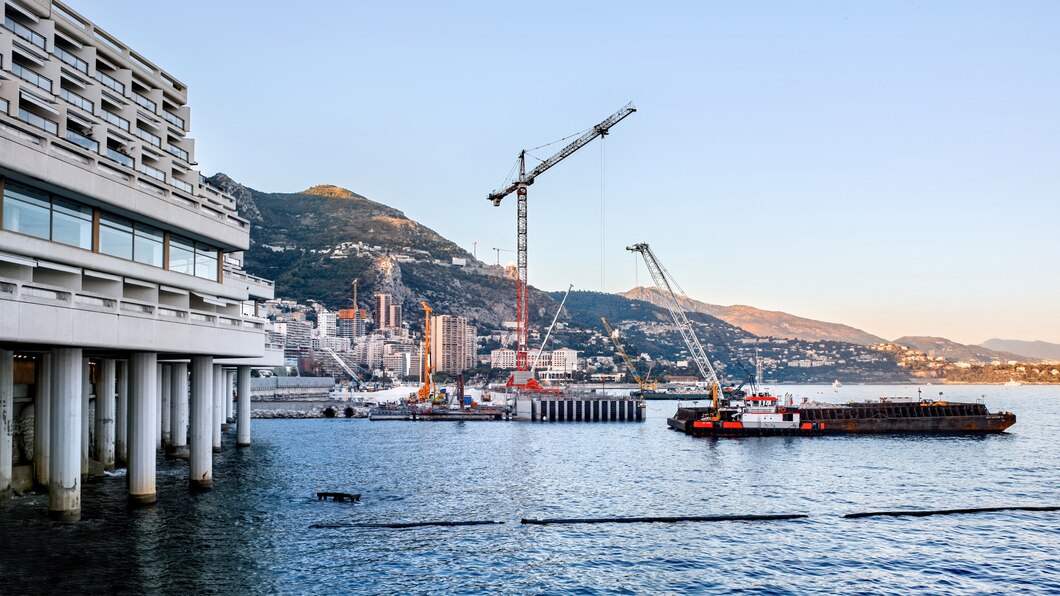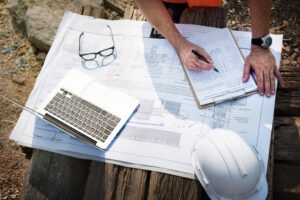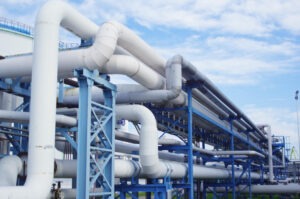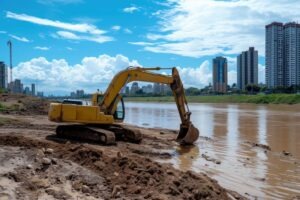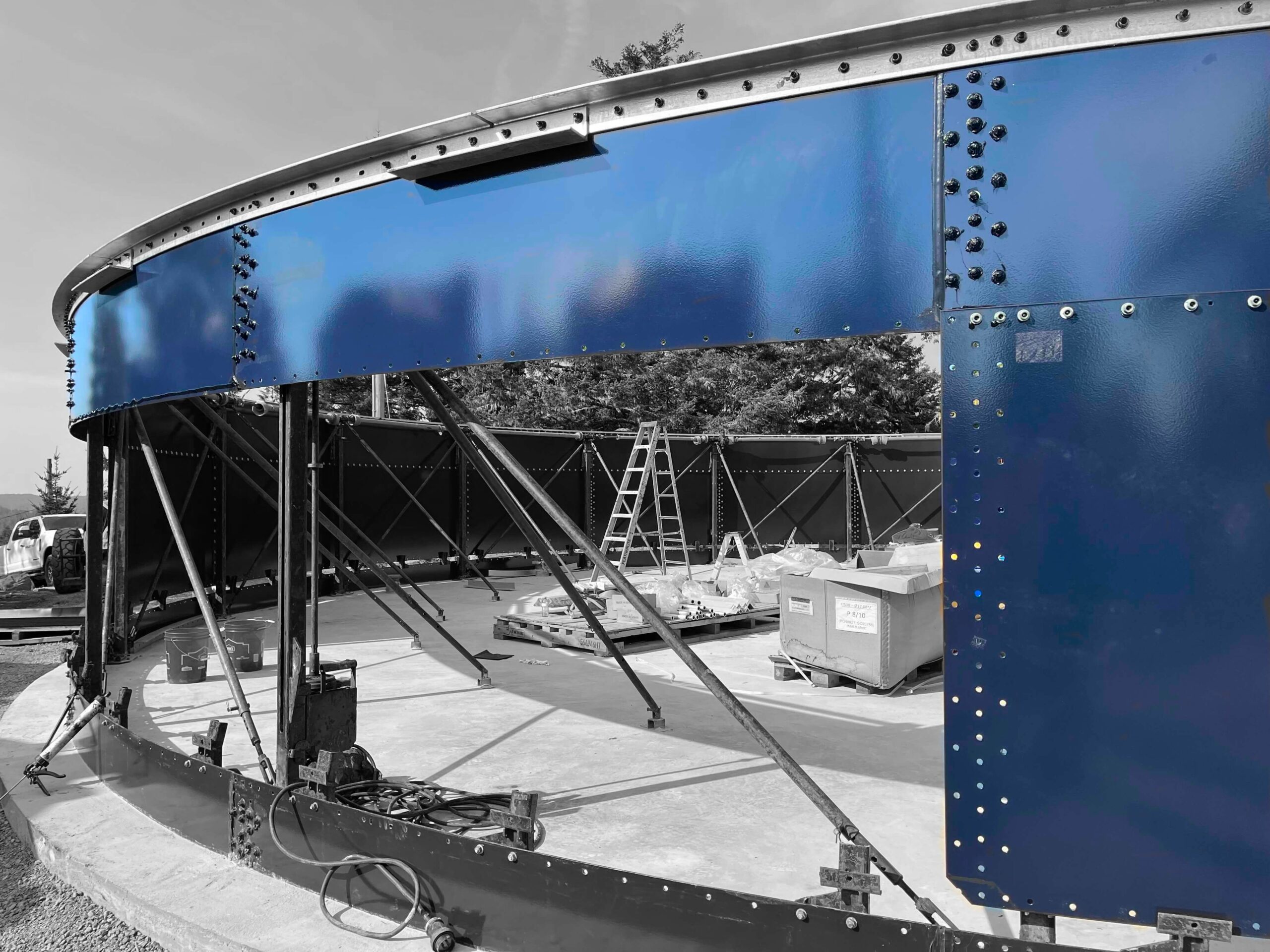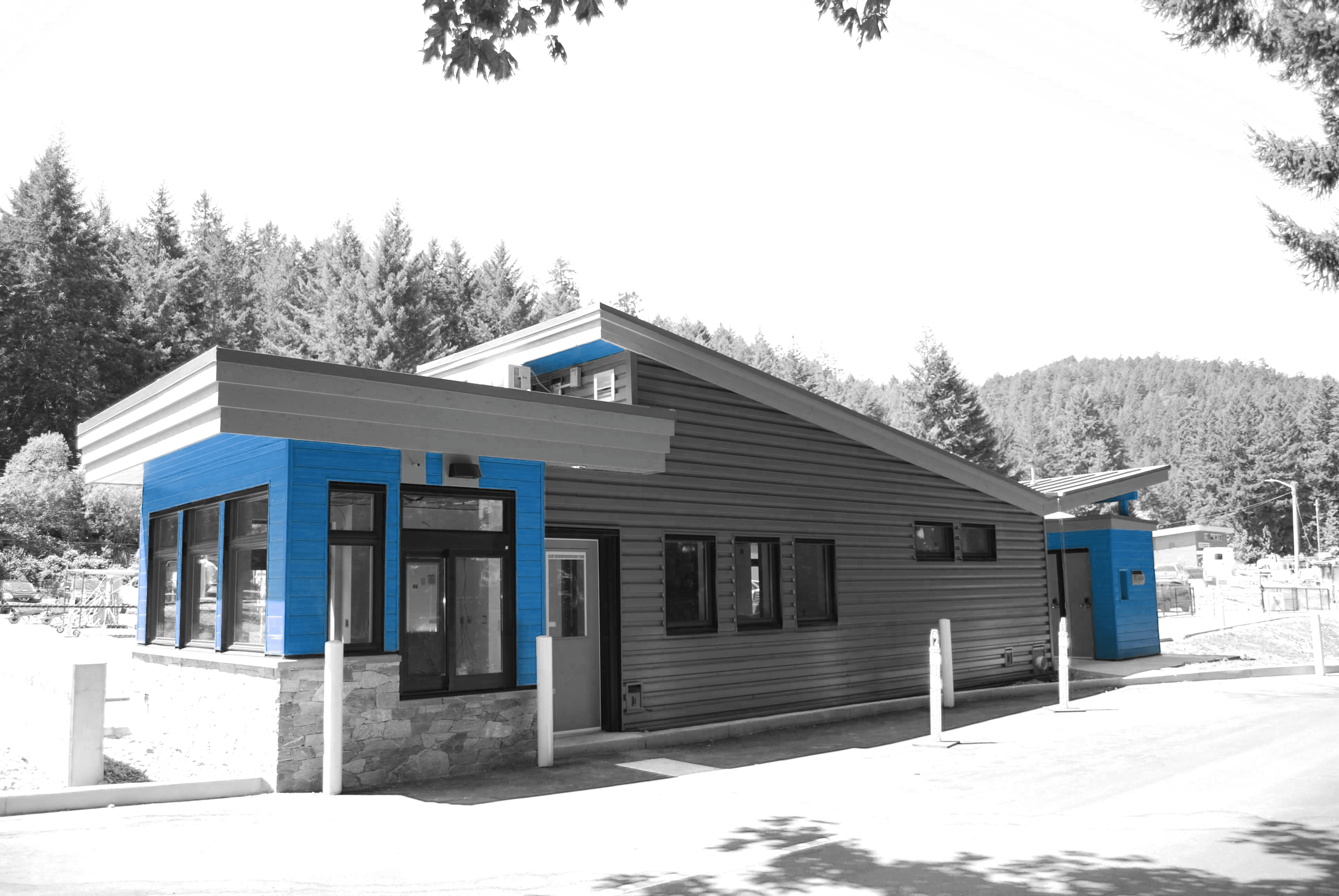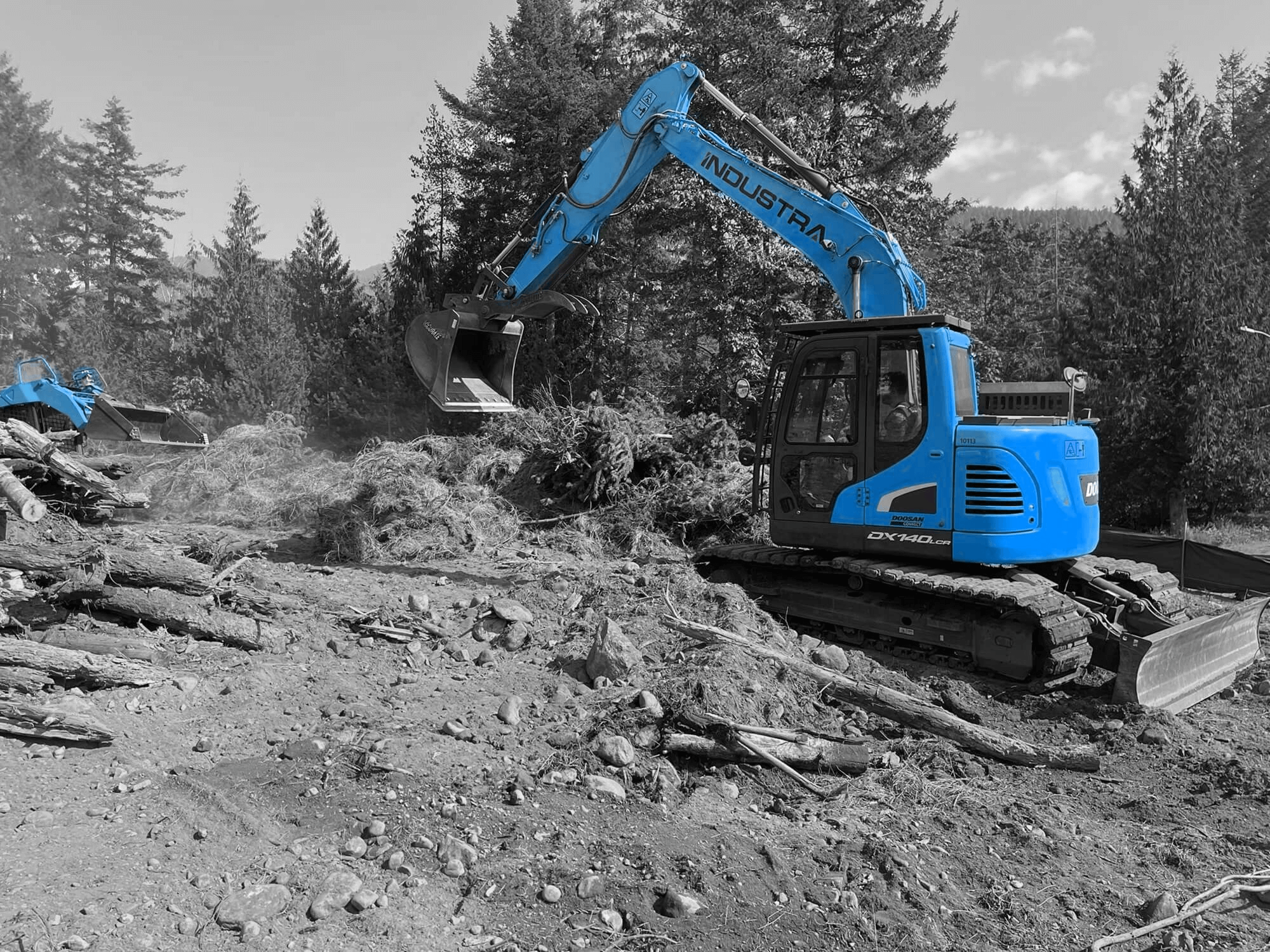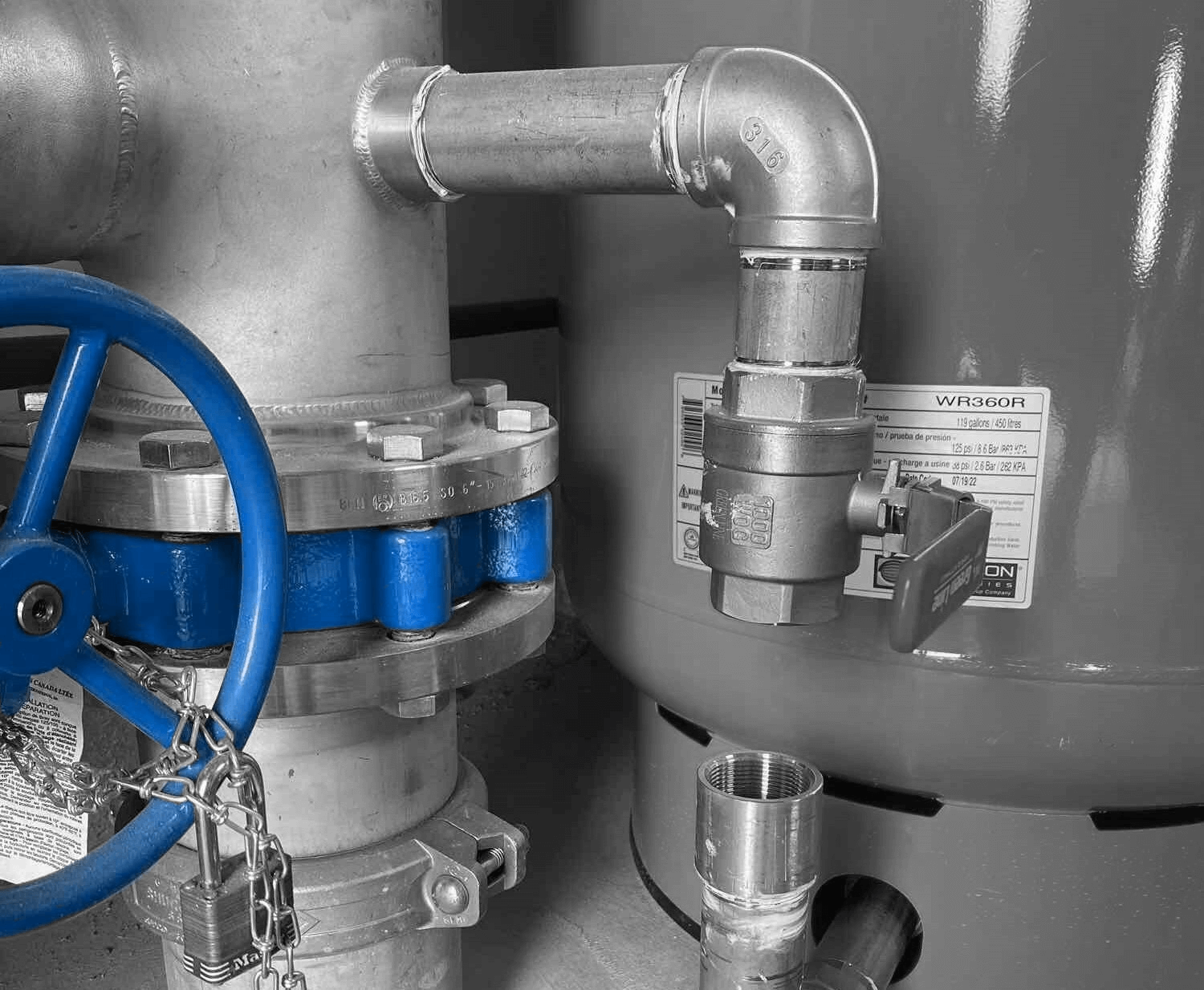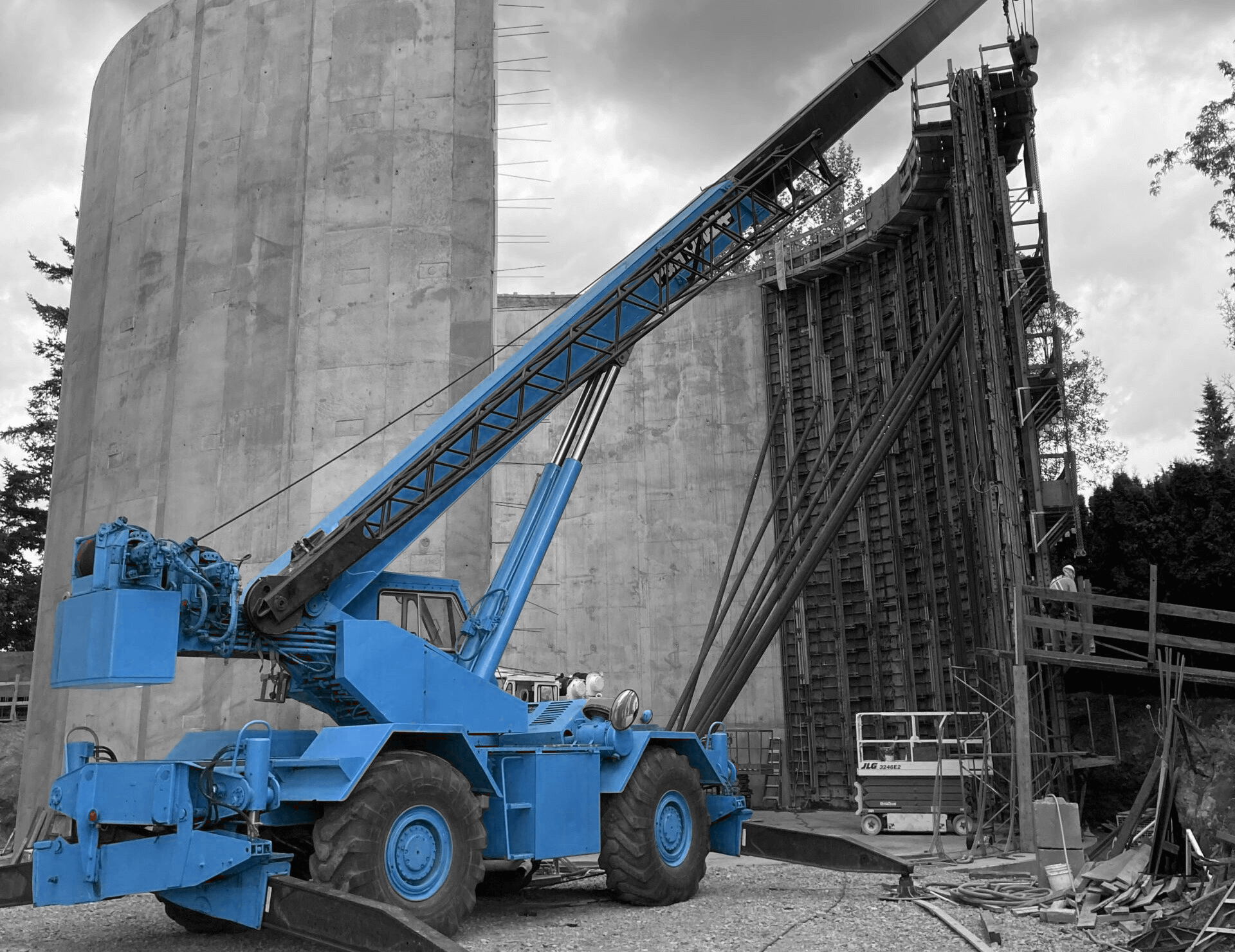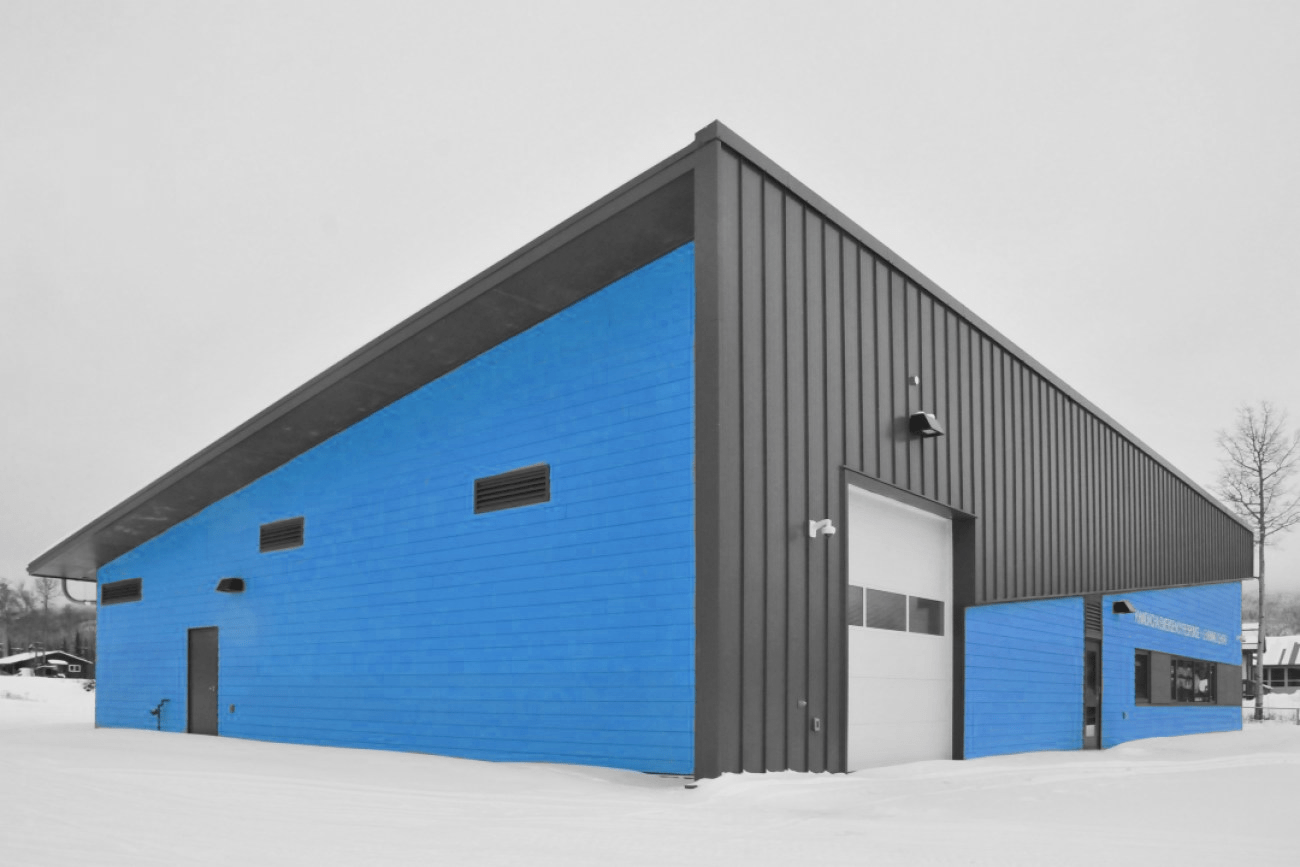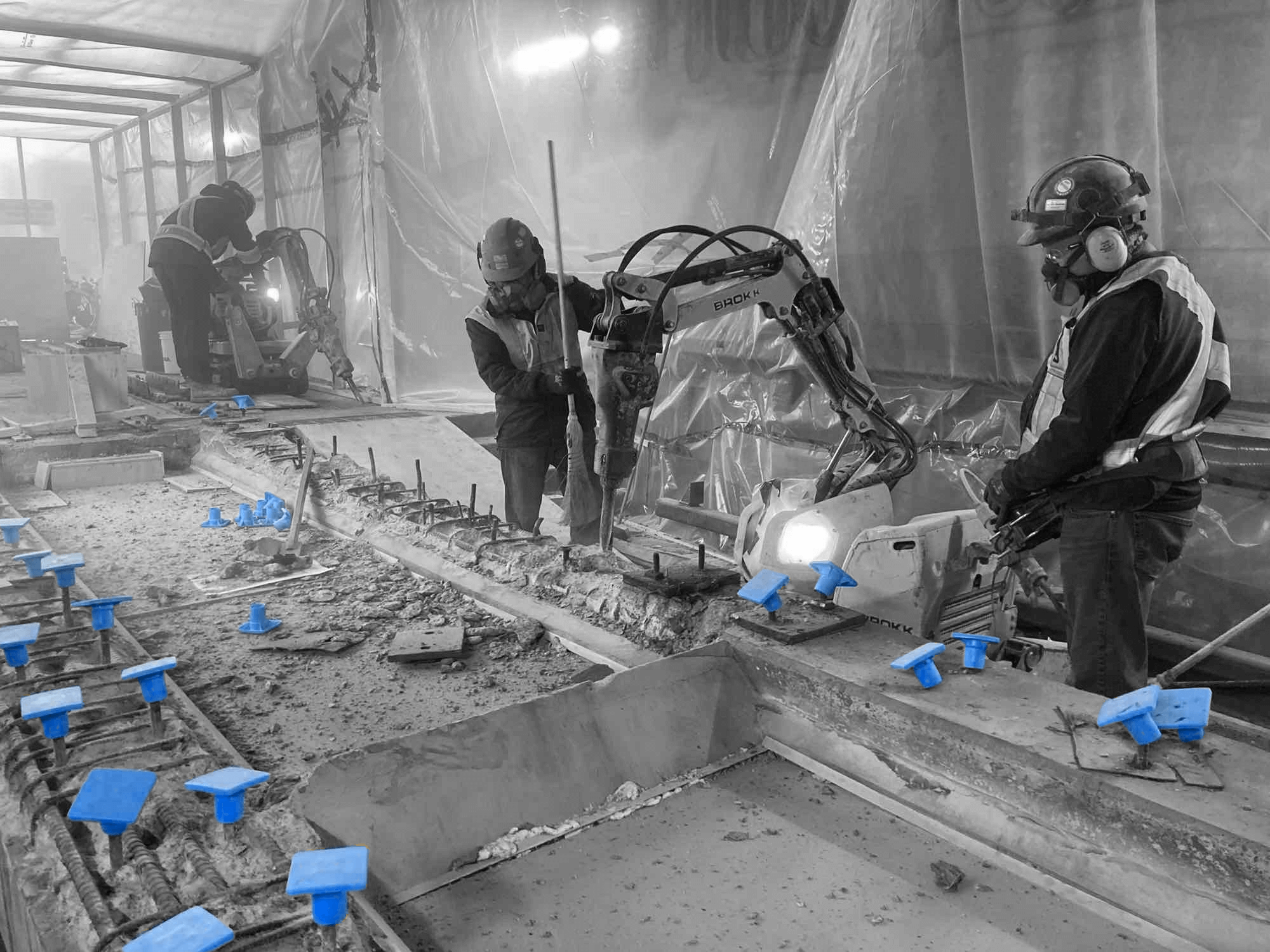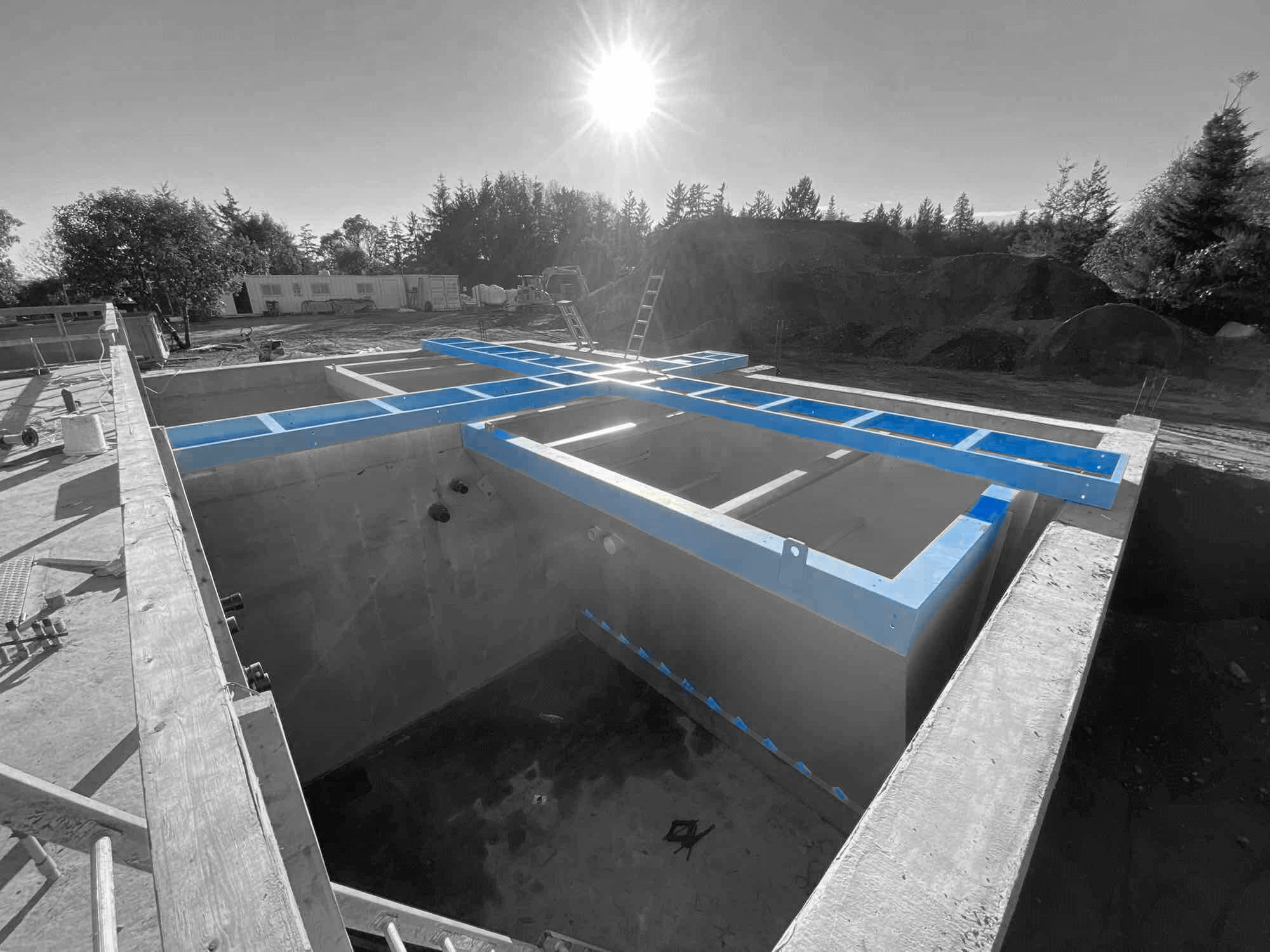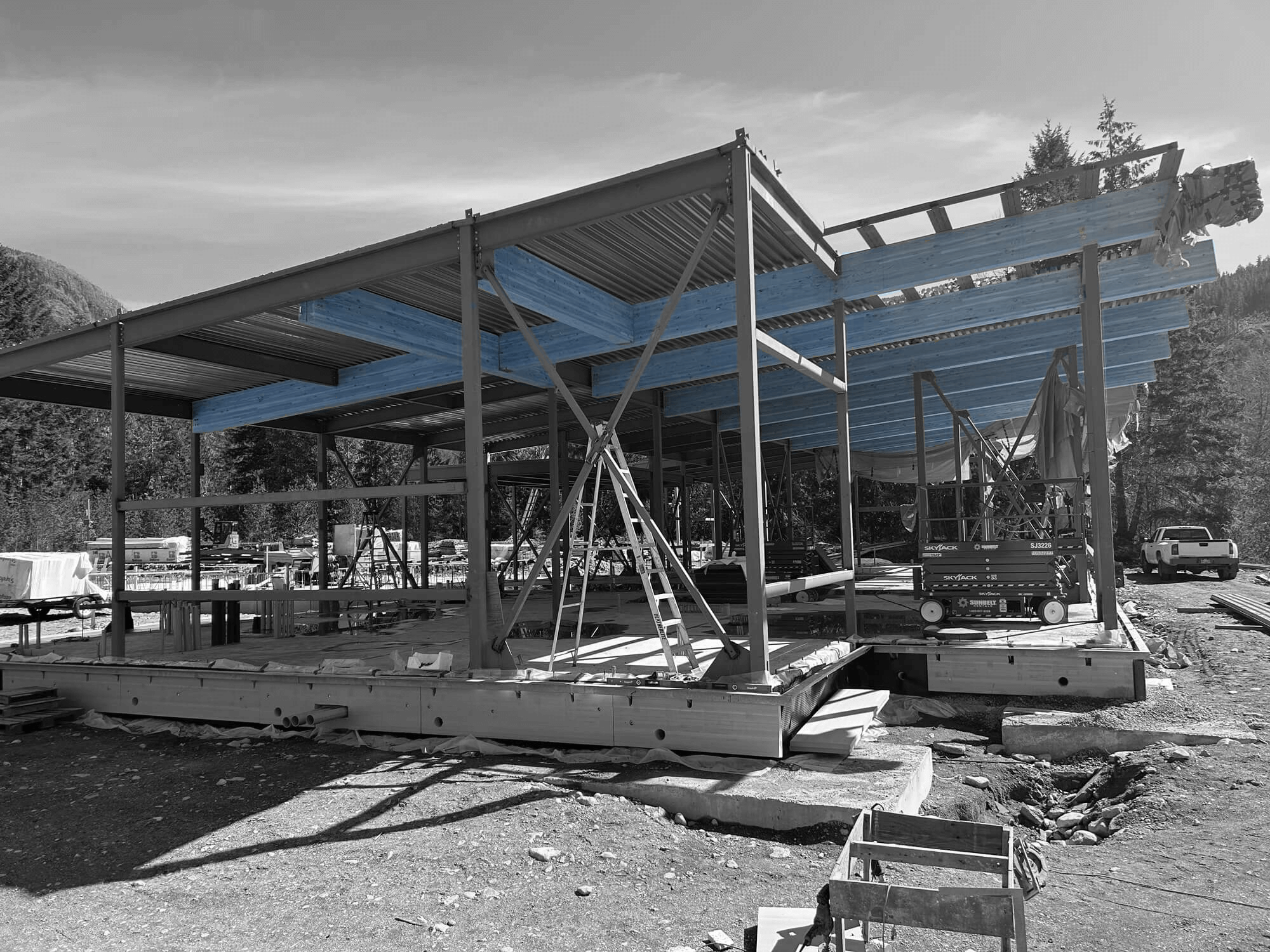Marine construction is a specialized field that plays a crucial role in the development of industrial projects near or on water bodies. This type of construction includes building docks, wharves, bulkheads, piers, and other facilities essential for industrial operations. These projects often require innovative techniques and advanced equipment due to the unique challenges presented by water environments. The importance of marine construction cannot be understated, as it supports industries ranging from transportation to energy production.
Marine construction projects are complex and require a precise blend of engineering, design, and execution. As we work on these projects, we must consider factors such as tides, environmental impact, and underwater conditions. Each of these elements adds layers of complexity and requires specialized knowledge and skills. Proper planning and execution are critical for the success of any marine construction project, ensuring structures that are not only functional but also durable and safe.
Understanding the techniques and materials used in marine construction helps us appreciate the sophisticated nature of these projects. By delving into the key methods, essential equipment, and common challenges encountered, we gain insight into how marine construction supports industrial development. This article explores these aspects, shedding light on the unique and intricate world of marine construction for industrial settings.
Overview of Marine Construction in Industrial Projects
Marine construction is essential for supporting industrial projects located near or on water bodies. This type of construction creates the infrastructure needed for operations such as shipping, transportation, and even production facilities. Building these structures involves erecting docks, piers, jetties, and bulkheads in challenging environments where water, weather, and soil conditions can pose significant obstacles. Understanding these complexities is crucial for anyone involved in marine construction projects.
Marine construction projects require specialized knowledge and techniques to address the unique conditions they face. Tidal fluctuations, wave action, and underwater currents all impact the stability and durability of the structures being built. We must also consider the environmental impact, ensuring our projects minimize harm to aquatic ecosystems. This calls for meticulous planning and precise execution to achieve functional, sustainable, and safe structures.
Key Techniques Used in Marine Construction
Several key techniques are employed in marine construction to overcome the unique challenges posed by water environments. One common technique is pile driving, where long poles called piles are driven into the seabed to provide a stable foundation. These piles are made from materials such as steel, concrete, or timber and are essential for structures like piers and jetties. The process involves using heavy machinery to hammer the piles into place, ensuring they are deep and secure enough to support the structure.
Dredging is another critical technique. Dredging involves removing sediments and debris from the bottom of water bodies to create a deeper and more navigable channel. This is particularly important for projects requiring the construction of shipping terminals or marinas, where larger vessels need adequate depth to dock safely. Specialized equipment like dredgers are used to scoop or suction the sediment, which is then transported and disposed of responsibly.
Sheet piling is used to create barriers or retaining walls. This involves driving interlocking sheets of metal or vinyl into the ground to form a continuous wall, which helps contain soil and water. This is particularly useful in creating solid foundations and preventing erosion. In addition, cofferdams are temporary structures used to enclose an area underwater, allowing it to be pumped dry so that construction can occur in a dry environment. These are crucial for building foundations and other structures below the waterline.
Understanding and applying these techniques correctly ensures the success of any marine construction project. They help overcome the obstacles posed by water environments and create robust, durable structures that meet industrial needs.
Materials and Equipment Essential for Marine Construction
Marine construction projects rely on a variety of materials and equipment to ensure durability and effectiveness. One of the primary materials used is steel. Steel is favoured for its strength and ability to withstand harsh marine environments. It’s used in various components such as piles, beams, and sheet pilings. Concrete is another crucial material, often employed due to its robustness and longevity. Concrete is especially useful in constructing structures like piers, docks, and seawalls that need to endure constant water exposure and pressure.
On the equipment front, specialized machinery plays a vital role in marine construction. Dredgers are used to remove underwater sediments, preparing the site for construction. Piling rigs drive piles deep into the seabed, ensuring a stable foundation for marine structures. Additionally, crane barges are essential for lifting and positioning heavy materials and components. These barges offer the mobility needed to operate in water environments and are critical for assembling large structures.
Protective coatings and treatments are also vital. Applying anti-corrosion coatings to metal components helps extend their lifespan by protecting them from saltwater damage. Likewise, concrete structures may be treated with sealants to prevent water infiltration, ensuring their structural integrity over time. The right combination of materials and equipment is crucial for the success of any marine construction project, ensuring long-lasting and resilient structures.
Challenges and Solutions in Marine Construction for Industrial Settings
Marine construction presents several unique challenges, especially in industrial settings. One significant challenge is dealing with the dynamic nature of water environments. Tides, currents, and waves can complicate construction activities, making it difficult to ensure stability and precision. To address this, we use advanced surveying and monitoring techniques to track environmental conditions in real-time. This data allows us to plan and adjust our construction activities to account for changing water levels and weather patterns.
Another major challenge is the environmental impact of marine construction. Activities such as dredging and pile driving can disrupt aquatic ecosystems and harm marine life. To mitigate these effects, we implement environmental protection measures such as silt curtains and noise dampening technologies. These help minimize the negative impact on the water environment, ensuring we comply with environmental regulations and maintain ecological balance.
Access and logistical constraints also pose significant hurdles. Transporting materials and equipment to marine construction sites can be complex and requires careful planning. We often use specialized transport vessels to move heavy machinery and materials efficiently. In some cases, temporary structures like pontoon bridges are created to provide access to hard-to-reach areas. These solutions ensure that construction progresses smoothly, despite the logistical challenges.
Conclusion
Marine construction is a vital component of industrial projects located near or on water bodies. Using specialized techniques, materials, and equipment, we can create durable and efficient structures that support a wide range of industrial activities. The challenges posed by water environments and ecological concerns require innovative solutions to ensure the success and sustainability of these projects.
At Industra Construction Corp., we specialize in delivering comprehensive marine construction solutions tailored to meet the specific needs of your industrial projects. Our team of experts is committed to achieving excellence in every project we undertake. Contact Industra Construction Corp. today to learn more about how we can help you navigate the complexities of marine construction and achieve your project goals.


